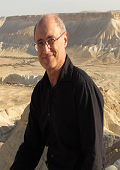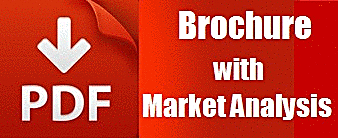
Biography
Biography: Garik Gutman
Abstract
Studies of land-cover and land-use change (LCLUC) on a global scale became possible when the first satellite of Landsat series was launched about 45 years ago. Since then land-change science has been rapidly developing to answer the questions on where changes are occurring, what is their extent and over what time scale, what are their causes, their consequences for ecosystems and human societies, their feedbacks with climate change, and what changes are expected in the future. LCLUC studies use a combination of space observations, in situ measurements, process studies and numerical modeling. To get the most out of current remote sensing capabilities researchers strive to utilize different remote sensing data sources, e.g. from Landsat and Sentinel-2, thus increasing frequency of observations, which is important for a number of science questions and applications. Fusing observations from optical sensors with radar data, e.g. Sentinel-1, helps filling the cloud-induced gaps in optical data. For the foreseeable future, the goal is to develop multi-sensor, multi-spectral methods based on increased temporal-spatial coverage to advance the virtual constellation paradigm for moderate spatial resolution (10-60m) land imaging systems with continental to global scale coverage. On the other hand, social and economic science research plays an important role in land-change science and includes analyses of the impacts of changes in human behavior at various levels on land use, studies of the resultant impacts of land-use change on society, or how the social and economic aspects of land-use systems adapt to climate change. The NASA LCLUC program is developing interdisciplinary approaches combining aspects of physical, social, and economic sciences, with a high level of societal relevance, using remote sensing tools, methods, and data. This presentation will include illustrations of recent, significant results in the LCLUC program for various sectors, including forestry, agriculture and urban.

